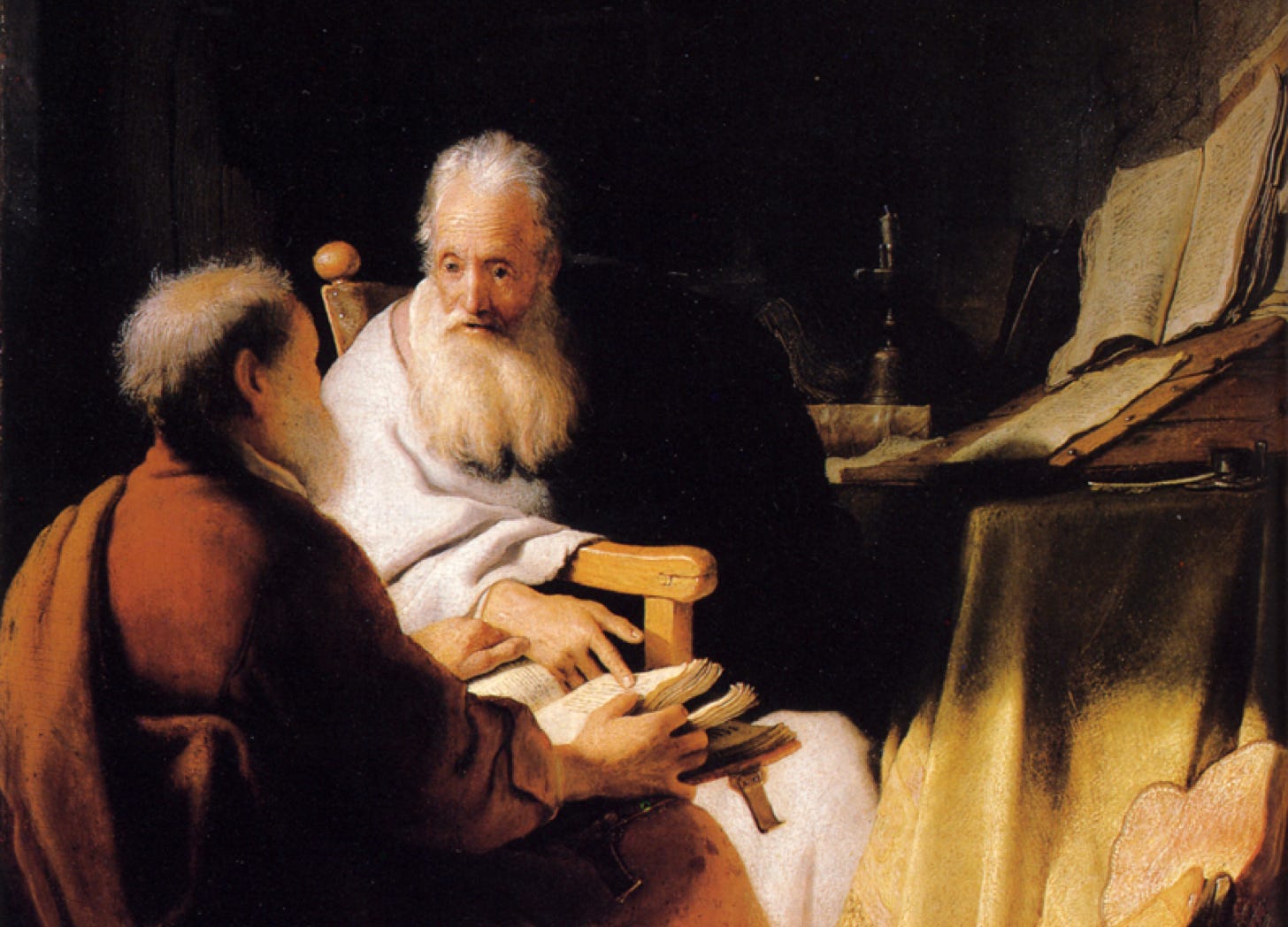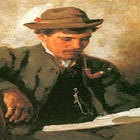In The Two Faces of History, Günther Blumentritt distinguishes between the ‘historiographer’ and the ‘creative historian’. The former, he explains, is a ‘professionally trained, diligent, and conscientious researcher’, who spends ‘years on end, perhaps his whole lifetime, carefully collecting document by document, piece by piece, scrutinizing and slowly assembling them into a monumental treatise’, thereby providing the latter with the raw material for the stories he composes.
There is much to be said for this division of labor, which gives detectives leave to dig and poets scope to sing. Nonetheless, a few of Clio’s most able devotés manage to master both the science of forensics and the art of telling tales. Such is the case with David Starkey.
Soon after hitting ‘play’ on one of the many videos that feature Dr. Starkey, you will, no doubt, notice the exquisitely deliberate character of his speech. Drawing upon a Brobdingnagian vocabulary, he chooses his words with great care. More than that, he composes his sentences in ways that deliver his thoughts with economy and grace, power and empathy. (The last-named quality can be seen in both the pains he takes to express himself in ways accessible to his interlocutors and his ability to look at problems through the eyes of people who lived at times that differ greatly from our own.)
To my eyes (or, rather, to my ears), exposure to such verbal virtuosity is, by itself, worth the price of admission. Indeed, I have come to the conclusion that careful attention to the monologues of this distinguished historian does much to enhance the precision of my diction, the size of my working vocabulary, the clarity of my writing, and, marvelous to say, the quickness of my wit. (Be kind, Gentle Readers. Be kind.)
But wait, as they used to say on late-night television, there’s more.
Starkey has mastered the Herculean (as in Poirot) art of teasing the truth out of ‘many a quaint and curious volume of forgotten lore’. (Can you tell that I am overdue for a visit to Baltimore?) That is to say, he hunts for facts, and, when he catches them, he sifts, sorts, and compares them until they yield explanations that meet his exacting standards of truth.
Better yet, Starkey retraces, in admirably accessible ways, the paths he followed in the course of his quests. Thus, he provides the sort of instruction in the art of historical method that, not too long ago, was only available to the most fortunate of graduate students.
For Further Reading:
To Subscribe, Support, or Share:






